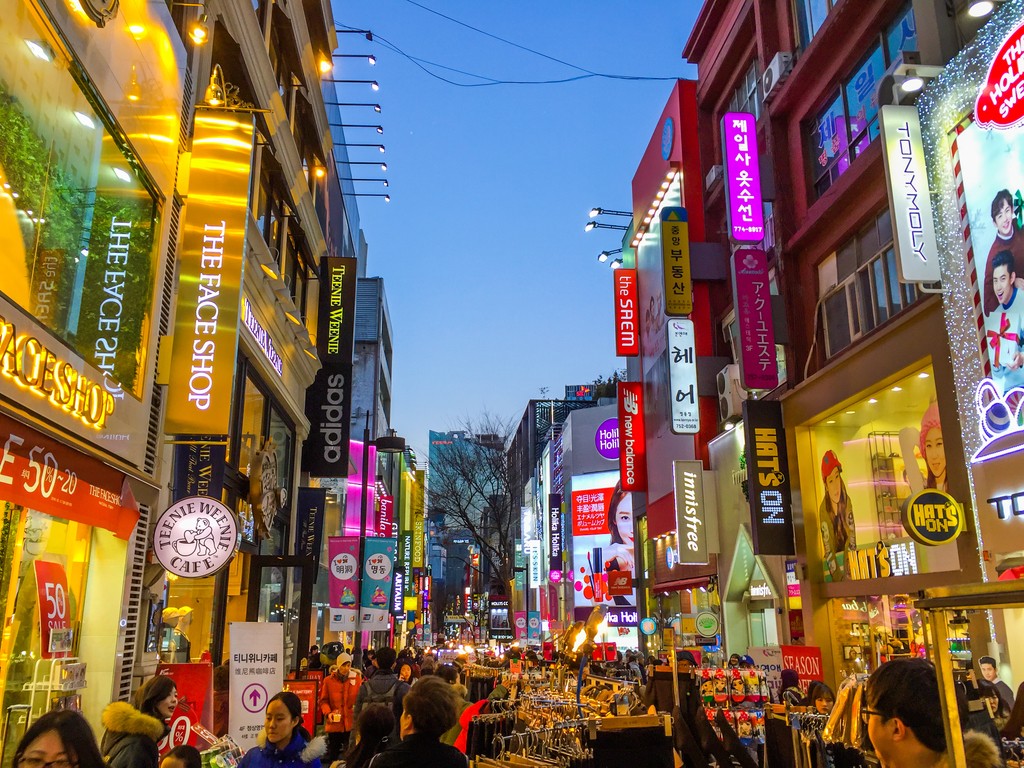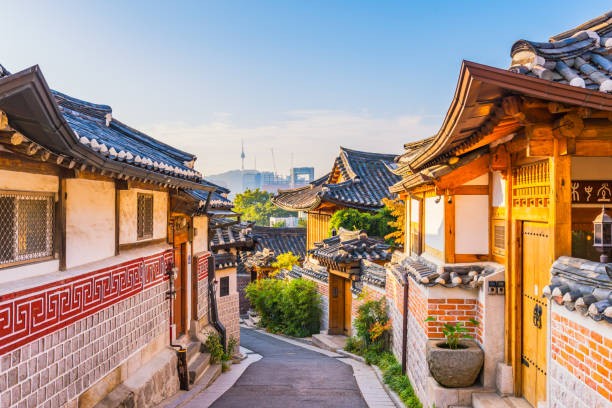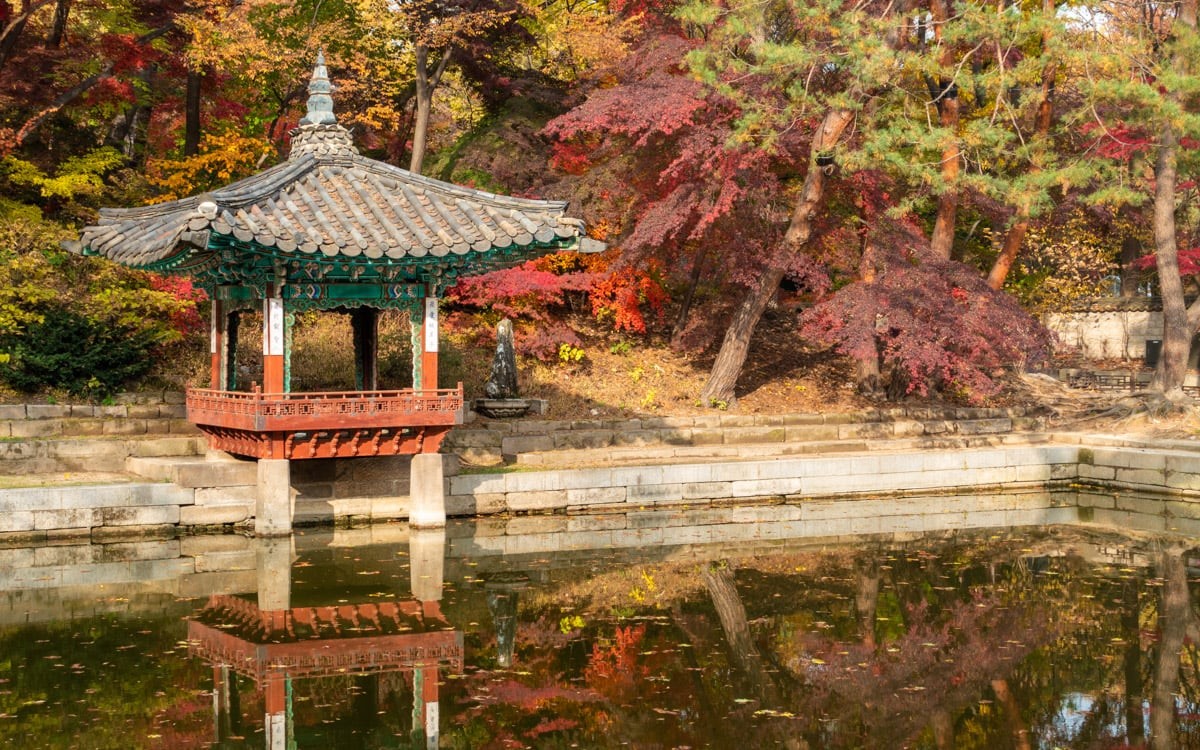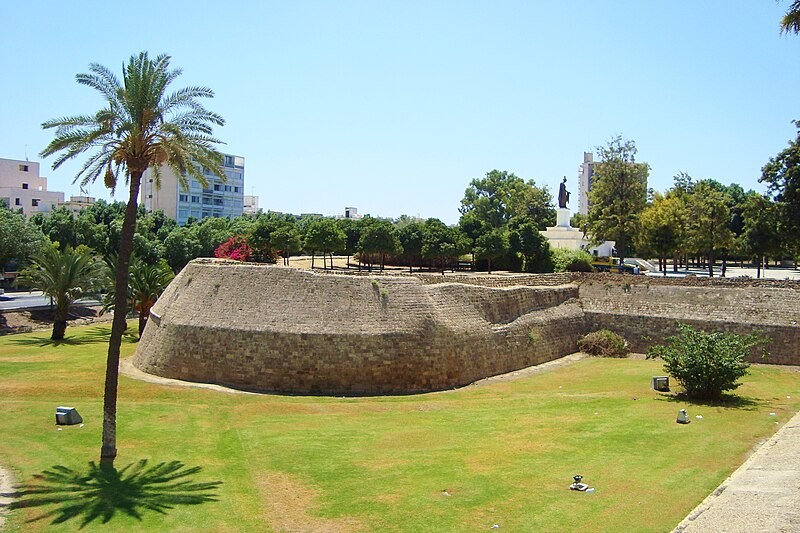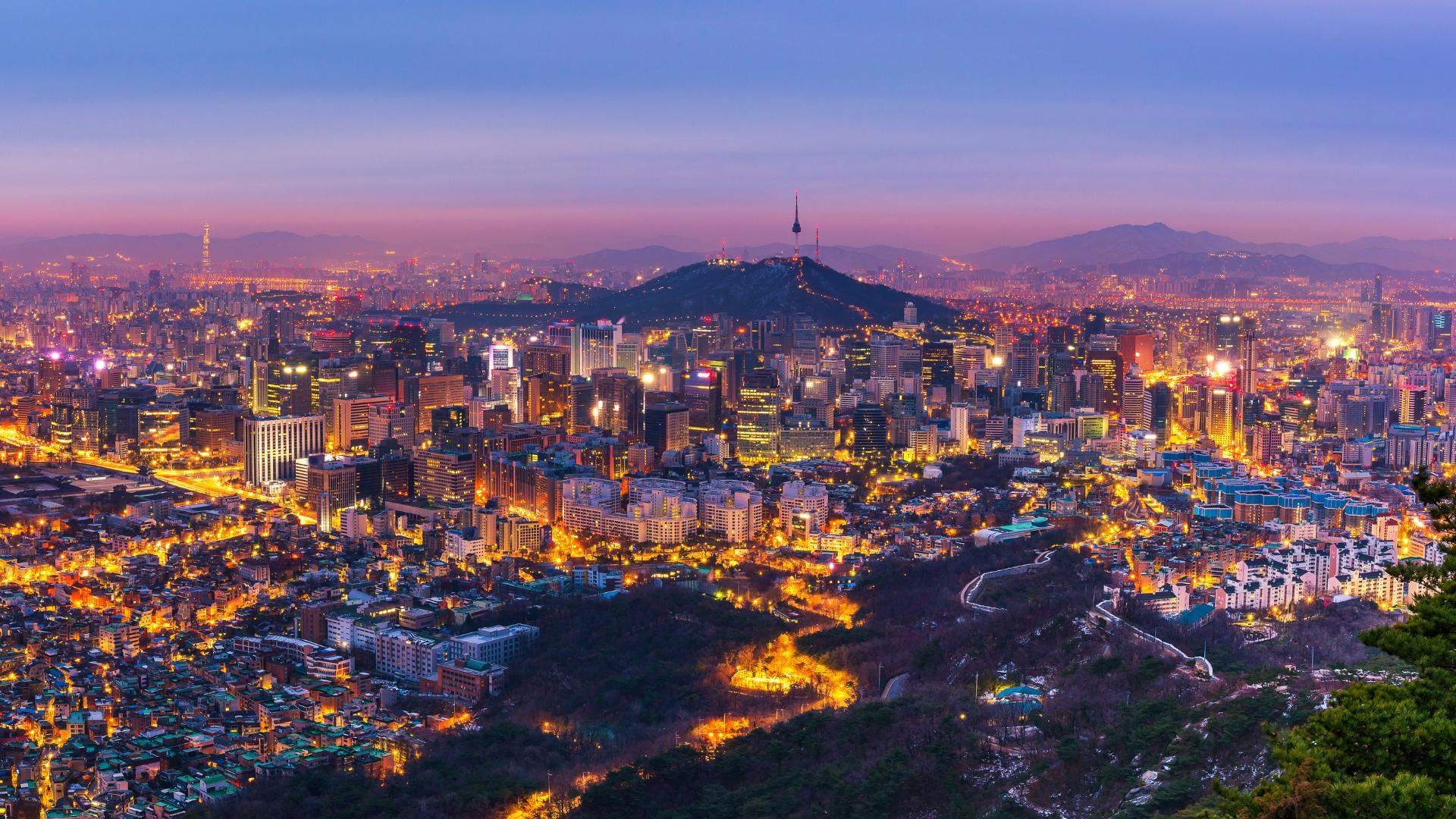
Seoul: History and Places to Visit
Seoul, the bustling capital of South Korea, is a city where tradition and modernity coexist in harmony. As one of the largest and most vibrant cities in Asia, Seoul offers a unique blend of historical landmarks, contemporary attractions, and dynamic urban life. The city’s rich history and cultural heritage are reflected in its diverse range of attractions, from ancient palaces and traditional markets to cutting-edge technology and modern skyscrapers.
History
Seoul's history dates back over 2,000 years, with its origins rooted in the ancient kingdom of Baekje. The city, originally known as Wiryeseong, served as the capital of Baekje from 18 BC to 660 AD. After the fall of Baekje, Seoul became a significant city under the Goryeo Dynasty (918-1392) and later the Joseon Dynasty (1392-1897).
During the Joseon Dynasty, Seoul was established as the dynasty's capital and underwent extensive development. The city saw the construction of many important structures, including palaces, government buildings, and city walls. The late 19th and early 20th centuries brought significant changes as Seoul underwent modernization under Japanese rule and then as a key player in South Korea's rapid post-war development.
Today, Seoul is a modern metropolis with a thriving economy and a rich cultural scene, balancing its historical heritage with contemporary innovation.
Places to Visit in Seoul
1. Gyepngbokgung Palace
Gyeongbokgung Palace, also known as the Northern Palace, is the largest of the Five Grand Palaces built during the Joseon Dynasty. Constructed in 1395, the palace complex features stunning traditional Korean architecture, including the main hall, Geunjeongjeon, and beautiful gardens. Visitors can watch the changing of the guard ceremony and explore the National Palace Museum, which is located within the palace grounds.
2. Changdeokgung Palace and Huwon
Changdeokgung Palace, a UNESCO World Heritage site, is renowned for its exquisite architectural design and harmonious integration with the surrounding nature. Built in 1405, the palace is famous for its Secret Garden (Huwon), a beautifully landscaped garden that served as a retreat for the royal family. The garden’s serene atmosphere and natural beauty make it a must-visit attraction.
3. Bukchon Hanok Village
Bukchon Hanok Village is a well-preserved neighborhood that showcases traditional Korean hanok houses. Located between Gyeongbokgung and Changdeokgung Palaces, the village offers a glimpse into Seoul’s historical architecture and cultural heritage. Visitors can stroll through the narrow streets, explore traditional crafts, and experience the charm of old Seoul.
4. Myeongdong Shopping District
Myeongdong is one of Seoul’s most popular shopping districts, known for its bustling streets, vibrant atmosphere, and diverse range of shops and eateries. The area is famous for its cosmetics stores, fashion boutiques, and street food stalls. It’s a great place to experience the energy of modern Seoul and enjoy some retail therapy.
5. N Seoul Tower
N Seoul Tower, also known as Namsan Tower, is an iconic landmark offering panoramic views of the city. Located on Namsan Mountain, the tower features observation decks, restaurants, and a digital art gallery. Visitors can take a cable car or hike up the mountain to reach the tower and enjoy the stunning cityscape.
6. Insadong
Insadong is a cultural district in Seoul known for its traditional Korean art, antiques, and handicrafts. The area is a hub for cultural activities, including art galleries, tea houses, and traditional shops. Visitors can explore the vibrant street market, taste traditional Korean snacks, and find unique souvenirs.
7. Dongdaemun Design Plaza (DDP)
Dongdaemun Design Plaza is a futuristic cultural complex designed by renowned architect Zaha Hadid. The plaza is known for its innovative architecture and hosts a range of exhibitions, design events, and cultural performances. The DDP also features a design museum, art galleries, and a large open space for public events.
8. Cheonggyecheon Stream
Cheonggyecheon Stream is a 11-kilometer-long stream that flows through the heart of Seoul. The stream, which was restored in the early 2000s, offers a scenic and tranquil escape from the urban environment. Visitors can enjoy a leisurely walk along the stream, explore the surrounding parks, and take in the city’s vibrant atmosphere.
9. War Memorial of Korea
The War Memorial of Korea is a museum dedicated to the history and impact of the Korean War. The museum features a comprehensive collection of artifacts, exhibits, and multimedia presentations that provide insights into the conflict and its effects on Korea. The museum also includes a large outdoor exhibit with military equipment and monuments.
10. Hongdae
Hongdae, short for Hongik University, is a lively district known for its vibrant youth culture and artistic scene. The area is famous for its indie music, street performances, and creative shops. Hongdae is also home to a variety of cafes, restaurants, and bars, making it a popular spot for nightlife and entertainment.
Conclusion
Seoul is a city that offers a rich tapestry of experiences, blending historical heritage with modern innovation. From the grand palaces and traditional hanok villages to the bustling shopping districts and futuristic design landmarks, Seoul provides a diverse range of attractions for visitors. The city’s unique ability to harmonize its past with its present makes it a dynamic and captivating destination in the heart of South Korea.
